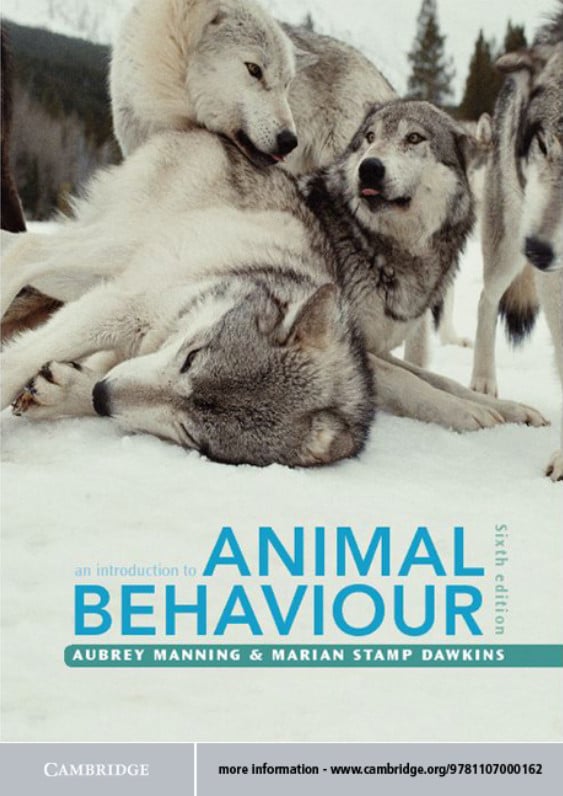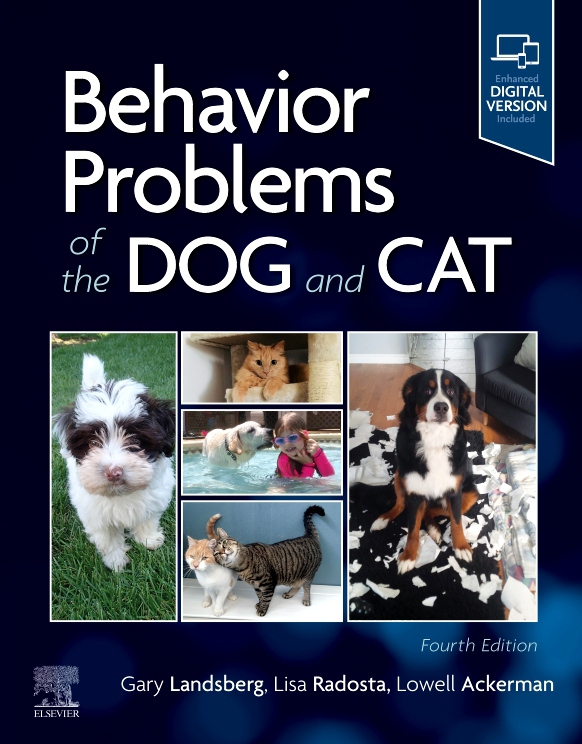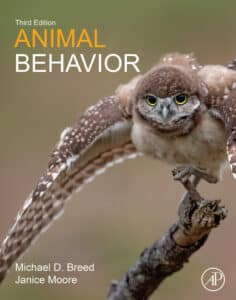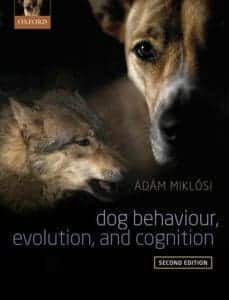
By Aubrey Manning and Marian Stamp Dawkins
Wolves excitedly greet each other as members of the pack come together; a bumble bee uses its long tongue to reach the nectar at the base of a foxglove flower; a mongoose swiftly and deftly bites its prey to death; young cheetahs rest quietly together, very close to sleep. Now in full color, An Introduction to Animal Behaviour 6th Edition provides a beautifully written introduction to the fundamentals of animal behavior. Tinbergen’s four questions of causation, evolution, development and function form the fundamental framework of the text, illustrated with fascinating examples of complex behavioral mechanisms. The authors provide accounts of all levels of behavior from the nerve cell to that of the population. The strengths of An Introduction to Animal Behaviour 6th Edition include its clear explanations and concise, readable text and the enthusiasm of the authors for their subject.

This Book is Available For Premium Members Only













![Ettinger’s Textbook of Veterinary Internal Medicine 9th Edition [PDF+Videos] Ettinger’s Textbook of Veterinary Internal Medicine 9th Edition [True PDF+Videos]](https://www.vet-ebooks.com/wp-content/uploads/2024/10/ettingers-textbook-of-veterinary-internal-medicine-9th-edition-100x70.jpg)

![Textbook of Veterinary Diagnostic Radiology 8th Edition [PDF+Videos+Quizzes] Thrall’s Textbook of Veterinary Diagnostic Radiology, 8th edition PDF](https://www.vet-ebooks.com/wp-content/uploads/2019/09/textbook-of-veterinary-diagnostic-radiology-8th-edition-100x70.jpg)






